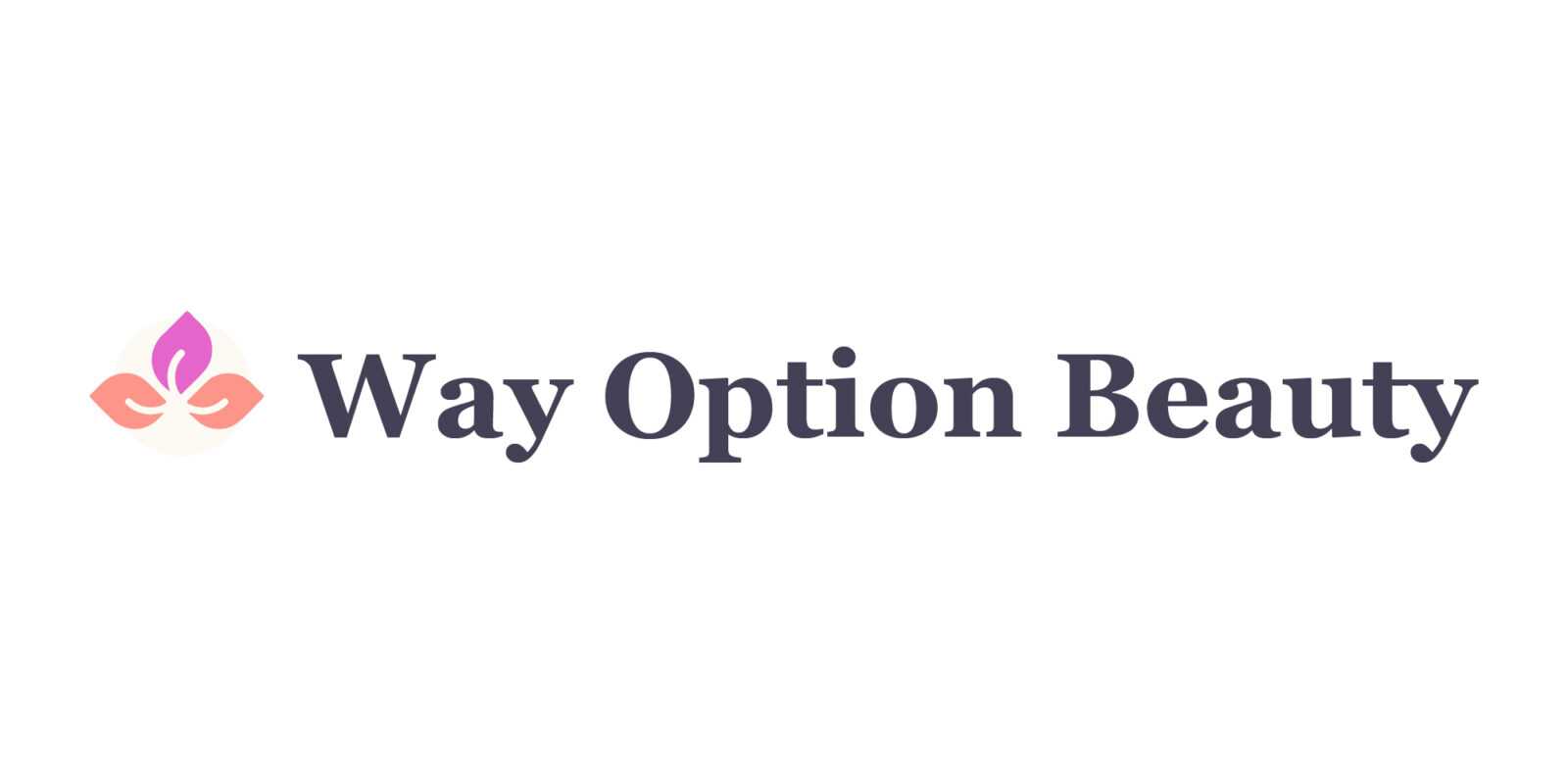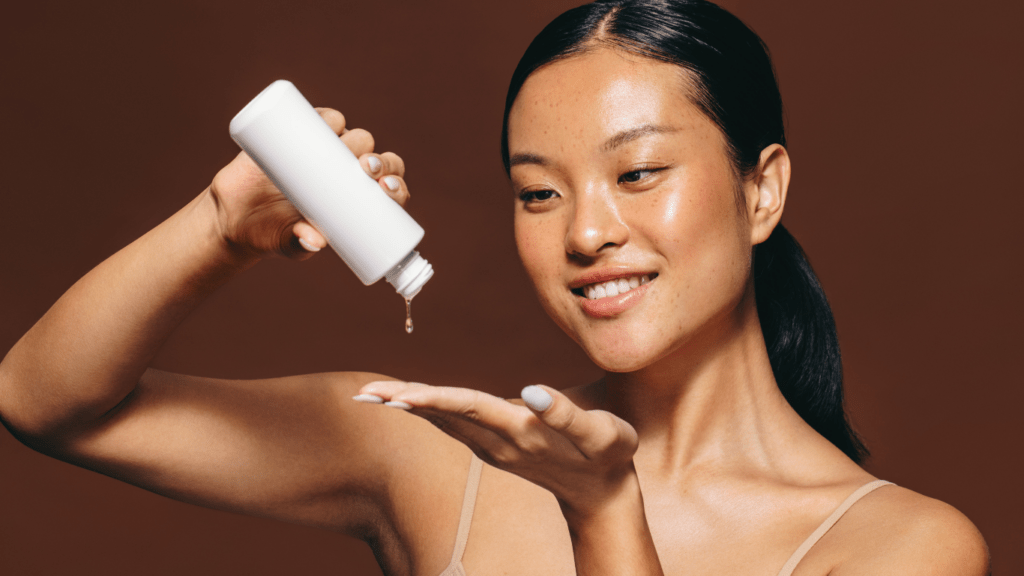Overview Of Clean Beauty
Clean beauty focuses on products made without harmful ingredients. Consumers demand transparency, seeking clear ingredient lists for informed choices. Clean beauty prioritizes non-toxic, sustainable formulations, aligning with growing environmental concerns.
Consumers now prefer clean beauty products for their skin and hair. Ingredients like:
- parabens
- sulfates
- phthalates face rejection
Brands must meet these expectations with natural, effective alternatives like plant-based extracts and minerals.
Sustainability in clean beauty impacts packaging choices. Refillable containers, recyclable materials, and minimal packaging win favor. Brands adopting eco-friendly practices see increased consumer loyalty.
Technology also shapes clean beauty trends. Apps and websites providing ingredient analysis gain popularity. This demand for digital transparency pushes brands to provide detailed product data.
Certifications play a key role. Recognized seals like USDA Organic, Leaping Bunny, and Fair Trade build trust. Consumers rely on these certifications for product validation.
Overall, the clean beauty movement emphasizes health, sustainability, and transparency. Brands following these principles resonate more with today’s informed, responsible consumers.
Key Trends In Clean Beauty For 2024

Consumers are prioritizing sustainability, transparency, and ethical practices in 2024’s clean beauty market. Here are the key trends reflecting these demands.
Sustainable Packaging
Brands are adopting sustainable packaging solutions, driven by consumer demand for eco-friendly options. Refillable containers, biodegradable materials, and minimalistic designs are gaining traction. Companies like Follain and Lush offer refill stations and compostable packaging, setting an industry standard.
Transparent Ingredient Lists
Transparency in ingredient lists is crucial for building consumer trust. Detailed, easy-to-read labels allow buyers to make informed choices. Brands like Herbivore Botanicals and True Botanicals list all ingredients, including their sources and purposes, empowering consumers with knowledge.
Vegan And Cruelty-Free Products
Vegan and cruelty-free products have become must-haves for conscious consumers. The Leaping Bunny certification and vegan labels guide buyers toward responsible choices. Renowned brands such as Drunk Elephant and Pacifica adhere to these standards, meeting the ethical expectations of their audience.
Minimalist Skincare
- Minimalist skincare promotes using fewer, high-quality products.
- This trend emphasizes simplicity and effectiveness, reducing waste and unnecessary chemicals.
- Brands like The Ordinary and CeraVe focus on delivering powerful results with streamlined routines, aligning with the minimalist ethos.
- Consumers in 2024 demand more sustainable, transparent, and ethical beauty options.
- These key trends demonstrate the industry’s shift towards meeting these expectations, creating a more responsible and consumer-centric market.
Consumer Demands Shaping The Market
Consumers drive the clean beauty market by seeking products that align with their values. Transparency, sustainability, and ethics are at the forefront of these demands.
Clean Beauty Certifications
Certifications validate product claims and build trust. Recognized seals like USDA Organic, Leaping Bunny, and Fair Trade assure customers of a brand’s commitment to clean, ethical, and sustainable practices. For instance, Leaping Bunny certification indicates cruelty-free products. Fair Trade certification ensures responsible sourcing and fair labor practices. These certifications guide consumers looking for verified clean beauty products.
Eco-Friendly Production Techniques
Sustainable production methods attract eco-conscious consumers. Brands like Lush utilize energy-efficient manufacturing processes to reduce environmental impact. Waterless formulations, employed by companies such as L’Oréal, minimize water use in production. Adopting renewable energy sources in manufacturing also reflects a brand’s dedication to sustainability. These techniques contribute to a cleaner, greener beauty industry.
Ethical Sourcing Of Ingredients
Ethical sourcing matters to today’s informed customer. Brands source natural ingredients responsibly, ensuring minimal environmental impact. For example, Tata Harper prioritizes organic farming practices for its ingredients. Community-based sourcing models, used by companies like The Body Shop, support local economies and promote fair trade. Transparency in the supply chain reassures consumers of the brand’s ethical commitments, enhancing consumer loyalty.
Brands Leading The Way
Clean beauty brands are reshaping the industry by aligning with consumer demands for transparency, sustainability, and ethical practices.
Innovators And Early Adopters
Pioneering brands like RMS Beauty and Ilia have set high standards in clean beauty by introducing effective, non-toxic products. RMS Beauty uses raw, food-grade, and organic ingredients to ensure skin health. Ilia blends organic botanicals with synthetic ingredients for performance, reducing the environmental impact. These brands focus on ingredient integrity and minimizing the ecological footprint.
Youth To The People is another innovator, offering superfood-based skincare while maintaining ethical sourcing and sustainable packaging. Its formulas are 100% vegan and cruelty-free, addressing key consumer concerns. This commitment has earned loyal followers and set a benchmark for other brands.
Success Stories
Brands like Tata Harper and The Honest Company have seen exceptional success by adhering to clean beauty principles. Tata Harper formulates all products on its organic farm, ensuring traceable ingredient origins and sustainability. This authenticity resonates with consumers, boosting brand trust and loyalty.
The Honest Company, co-founded by Jessica Alba, provides transparency in its ingredient lists, allowing consumers to make informed choices. Its dedication to clean, sustainable products has achieved significant market growth and consumer satisfaction.
Patagonia Provisions exemplifies success in combining sustainability with clean beauty, using ethically sourced ingredients and eco-friendly packaging. This ethical approach draws environmentally conscious consumers, driving market success and establishing a strong brand reputation.
Challenges And Opportunities
The clean beauty market in 2024 presents both significant challenges and exciting opportunities. Brands must navigate regulatory complexities and leverage market potential to meet evolving consumer demands.
Regulatory Hurdles
Navigating regulatory landscapes can be complex for clean beauty brands. Inconsistent definitions of “clean” across regions lead to compliance difficulties. For example, the European Union bans over 1,300 harmful substances, while the US limits fewer than 50. Stricter regulations in Europe mandate that brands adapt formulations to meet different standards, increasing development costs and time. Additionally, obtaining certifications like USDA Organic or Leaping Bunny requires rigorous verification processes. These certifications build consumer trust but can be resource-intensive. Brands must stay informed on changing regulations to ensure compliance and maintain consumer confidence.
Market Potential
Clean beauty offers tremendous market potential. Consumer awareness of ingredient safety and sustainability drives demand. According to Statista, the global clean beauty market reached $11.6 billion in 2020 and is expected to grow at a compound annual growth rate (CAGR) of 12% through 2028. Brands that prioritize sustainable practices, ethical sourcing, and transparency can capture a loyal customer base. For example, Tata Harper’s commitment to organic farming and The Honest Company’s transparent ingredient lists have garnered strong followings. Leveraging digital tools, like ingredient analysis apps, enhances brand credibility and attracts informed consumers. Investments in eco-friendly packaging and waterless formulations align with market trends, offering growth potential for innovative brands.
Navigating these challenges effectively allows brands to capitalize on significant opportunities within the clean beauty sector.



